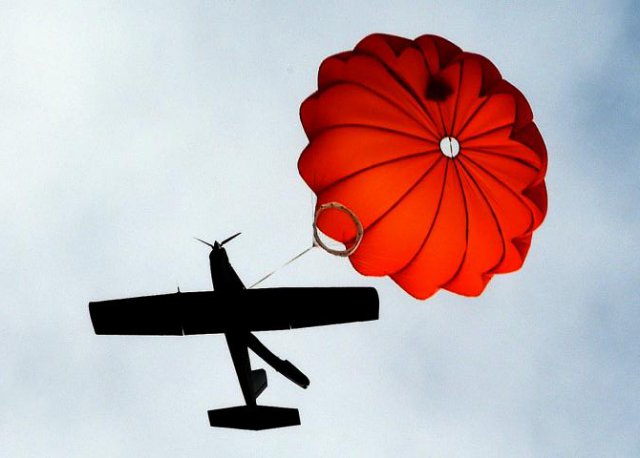Taiwan’s defence and air reconnaissance capabilities have been significantly enhanced with unmanned aerial vehicles (UAVs) and other cutting-edge systems and devices, which were unveiled this week by the Chungshan Institute of Science & Technology (CSIST).
The demonstration of remote-controlled aircraft and new pilot-training simulators took place at the institute’s Aeronautical Systems Research Division in Greater Taichung.
A small, 5kg battery-powered drone, named “Cardinal,” can be launched by hand and has a one-hour flight time and a range of 8km, division officials said. It is piloted by remote control by an operator via wireless link at a mobile station, they said.
Division director Ma Wan-june (馬萬鈞) said the small aircraft has the advantages of portability, ease of operation and the capability to gather aerial intelligence.
“Taiwan’s indigenous UAV’s have bolstered the range and capacity of the military’s air reconnaissance and surveillance missions, and also assist the navy and Coast Guard Administration to defend our marine territories,” he said.
“The aircraft can also be used for disaster relief and rescue missions; aerial photography for assessing environmental changes; monitoring of forest and mountain regions; and management of agriculture and water resources,” Ma said.
The Cardinal yesterday was launched by a handler who flew it over a field as it provided a continuous feed of aerial imaging signals, GPS information and other data to the computers at its ground control station.
After popping open a parachute, the drone touched down for retrieval and reuse.
“It is outfitted with an electro-optical and infrared imaging system, which can rotate 360o for wide-angle coverage. It can also carry out missions at night with its infrared bands,” Ma said.
A bigger drone called the “Albatross” weighs 317kg, has an 8m wingspan, a flight time of 10 hours and a 150km range, he said.
The Albatross can also carry heavier payloads, he said.
He said all of the drone fleet models were developed by the division, with the production and integration of components coming from more than 20 Taiwanese companies, generating NT$1.34 billion (US$42.95 million) in derived business revenues.
Officials at yesterday’s demonstration would not confirm whether the drones are able to carry missiles and other weapons.
They said a technical service team would be established shortly to allow government agencies access to the drone fleet for various uses.
The demonstration also included a flight simulator for training pilots, combat simulators for soldiers and the TFE-1042 turbofan engine, which can be converted into an electrical generator.
The TFE-1042 was developed to power the Indigenous Defense Fighter (IDF) jets and is now targeted for the “green energy” sector, as the engine can burn methane gas from biodegradable garbage and animal waste.
Ma said the institute has had a lot of inquiries from around the world for the engine, while estimating potential derived revenue to reach about NT$40 billion in the coming years.
Top Photo: Chien Jung-fong, Taipei Times
Lower photo: CNA
Source: Taipei Times


